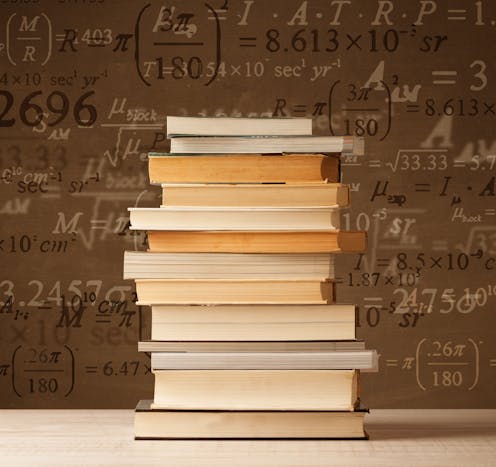

Authors: Ricardo Martinez, Assistant Professor of Mathematics Education, Penn State
Read more


